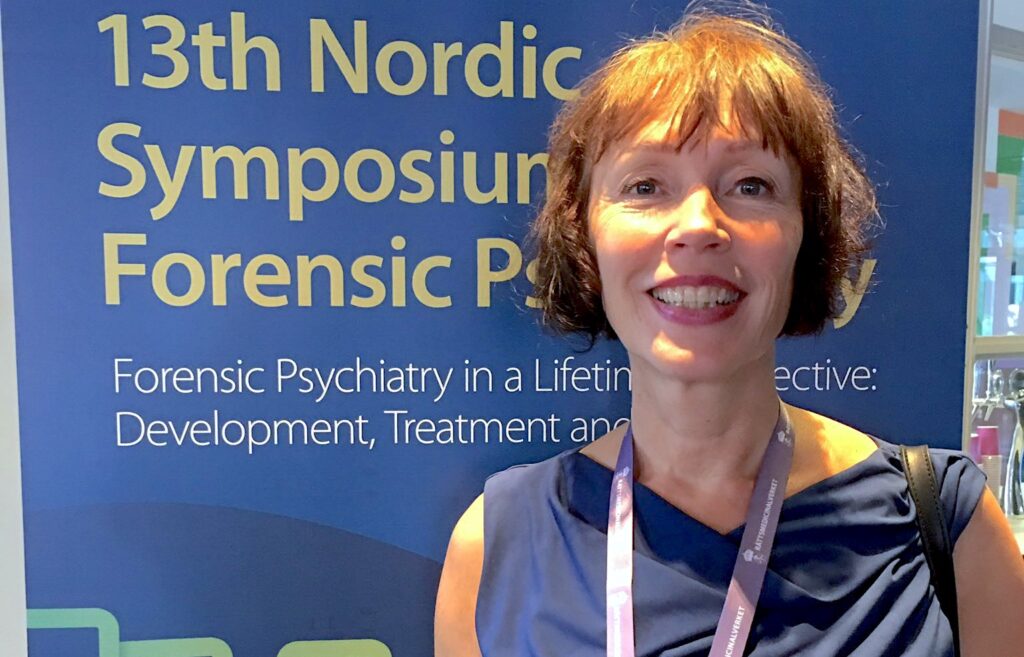‘Their lives were deteriorating’: Finnish doctor who pioneered gender clinics for minors blows the whistle on her own industry
Dr. Riittakerttu Kaltiala is a Finnish adolescent psychiatrist and one of the first physicians to oversee a clinic for transgender minors in the world. But she no longer believes the medical…

Dr. Riittakerttu Kaltiala is a Finnish adolescent psychiatrist and one of the first physicians to oversee a clinic for transgender minors in the world. But she no longer believes the medical establishment is doing right by its patients.
In a scrupulous tell-all, Kaltiala recalls a study later known as the “Dutch protocol” in which Dutch doctors transitioned a small number of young, high-functioning youth – mostly boys – who were gender dysphoric.
The Dutch protocol’s purported success made it a “gold standard” for gender treatment.
“There arose an activist movement that declared gender transition was not just a medical procedure, but a human right,” Kaltiala writes.
But her experience with patients – over 500 of them – would be vastly different.
“Ninety percent of our patients were girls, mainly 15 to 17 years old, and instead of being high-functioning, the vast majority presented with severe psychiatric conditions,” she writes. “Some came from families with multiple psychosocial problems. Most of them had challenging early childhoods marked by developmental difficulties, such as extreme temper tantrums and social isolation.
“They had depression and anxiety, some had eating disorders, many engaged in self-harm, a few had experienced psychotic episodes. Many – many – were on the autism spectrum.”
She also observed the effects of social contagion when groups of girls came to the clinic “telling the same life stories and the same anecdotes about their childhoods, including their sudden realization that they were transgender – despite no prior history of dysphoria. We realized they were networking and exchanging information about how to talk to us.”
Kaltiala eventually realized her patients weren’t getting better with treatment. If anything, they got worse.
“The young people we were treating were not thriving. Instead, their lives were deteriorating,” she explained. “Some previous patients started coming back to tell us they now regretted their transition. Some – called ‘detransitioners’ – wished to return to their birth sex. These were another kind of patient who wasn’t supposed to exist. The authors of the Dutch protocol asserted that rates of regret were miniscule.”
As the foundations of the Dutch protocol began to crumble, Kaltiala was determined to hold the medical establishment accountable, but the establishment, especially in the U.S., has resisted her efforts.
While numerous European countries have adopted relatively conservative approaches to gender transitions, America seems determined to push transgender treatment for children, often performed hastily.
“I attempted to address the rising international concerns about pediatric gender transition at this year’s annual conference of the American Academy of Child and Adolescent Psychiatry. But the two proposed panels were rejected by the academy,” Kaltiala writes. “This is highly disturbing. Science does not progress through silencing. Doctors who refuse to consider evidence presented by critics are putting patient safety at risk.”
The doctor also lambasted other medical professionals for exaggerating the risk of suicide in gender dysphoric youth.
“Careful research shows that suicide is very rare,” she explains. “It is dishonest and extremely unethical to pressure parents into approving gender medicalization by exaggerating the risk of suicide.”
Kaltiala added that many youth stop or reverse their transition when they “confront what it means to possibly be sterile, to have damaged sexual function, to have great difficulty in finding romantic partners.”
“One new study shows that nearly 30 percent of patients in the sample ceased filling their hormone prescription within four years,” she writes. “[And] for the overwhelming majority of gender dysphoric children – around 80 percent – their dysphoria resolves itself if they are left to go through natural puberty.”
Most of all, Kaltiala is worried that patients will be lured in by the false promise that a gender transition will fix everything.
“When medical professionals start saying they have one answer that applies everywhere, or that they have a cure for all of life’s pains, that should be a warning to us all that something has gone very wrong,” she concluded.



